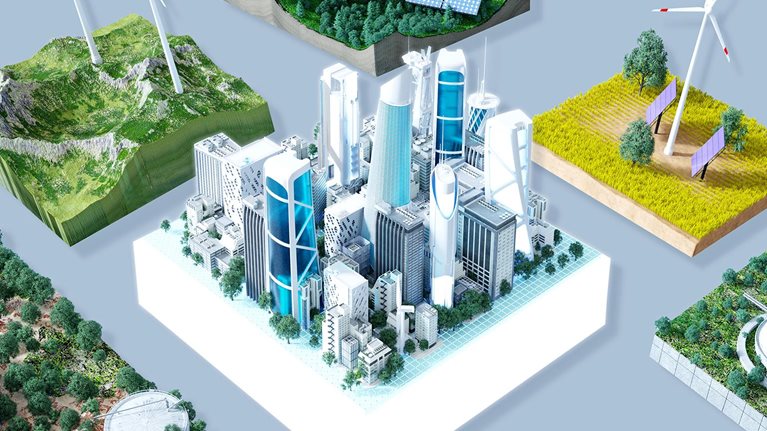Energy security is now central to the energy transition, as nations seek independence in critical value chains. Climate technologies can play a critical role in delivering decarbonization and improved energy security simultaneously.
The economic potential of these energy technologies is immense. China’s solar, electric-vehicle, and battery sectors contributed more than $1 trillion to Chinese GDP in 2024; Europe leads in wind energy with $33 billion in capital raised in 2024; and the United States’ private and public sectors continue to invest in renewable and clean-energy sources. Climate technologies can help countries deliver on four priorities: energy access, energy security, emission reduction, and industrial competitiveness.
Energy access represents the ability to affordably deliver power at scale within a region. Indicators include the cost and the share of power demand a technology can meet within a region.
Energy security represents the ability to independently and reliably deliver power within a region. Indicators include access to critical raw materials and fuel and the presence of technology value chains within a country or region.
Emission reduction represents the ability to provide energy without exacerbating the effects of climate change. Indicators for a given technology include carbon abatement potential and cost per ton of abatement.
Industrial competitiveness represents the ability of technologies to support local industries and maintain a region’s industrial strength. Indicators include the economic impact of a technology within a region.
Our research finds that nine energy technologies could reduce more than half of total human-made greenhouse gas (GHG) emissions if deployed at scale, and that 80 percent of these emission reductions would also directly promote energy security. Scaling these technologies is crucial to avoiding the worst effects of climate change and could play a critical role in energy system resilience.

We are celebrating the 60th birthday of McKinsey Quarterly with a yearlong campaign featuring four issues on major themes related to the future of business and society, as well as related interactives, collections from the magazine’s archives, and more. This article appears in the final themed issue, on the future of our place on the planet. See other issues in the series here, and sign up for the McKinsey Quarterly alert list to be notified as soon as other new Quarterly articles are published.


